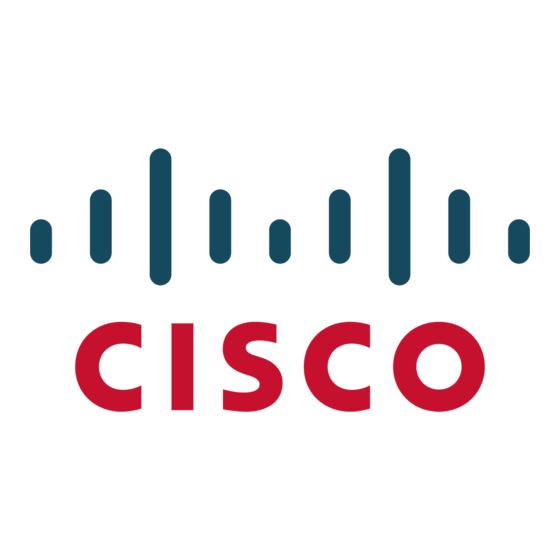Cisco 7940G Handleiding voor beheerders - Pagina 3
Blader online of download pdf Handleiding voor beheerders voor {categorie_naam} Cisco 7940G. Cisco 7940G 15 pagina's. Ios telephony services ip phone
Ook voor Cisco 7940G: Gebruikershandleiding (21 pagina's), Gebruikershandleiding (25 pagina's), Gegevensblad (7 pagina's), Handmatig (35 pagina's), Snelle referentie (2 pagina's), Gebruikershandleiding (15 pagina's), Snelle referentiehandleiding (2 pagina's), Gebruikershandleiding (20 pagina's), Telefoonhandleiding (17 pagina's), Gebruikershandleiding (16 pagina's), Referentiehandleiding (24 pagina's), Administratiehandleiding (29 pagina's), Handmatig (21 pagina's), Installatiehandleiding (12 pagina's), Gebruikershandleiding (10 pagina's)

